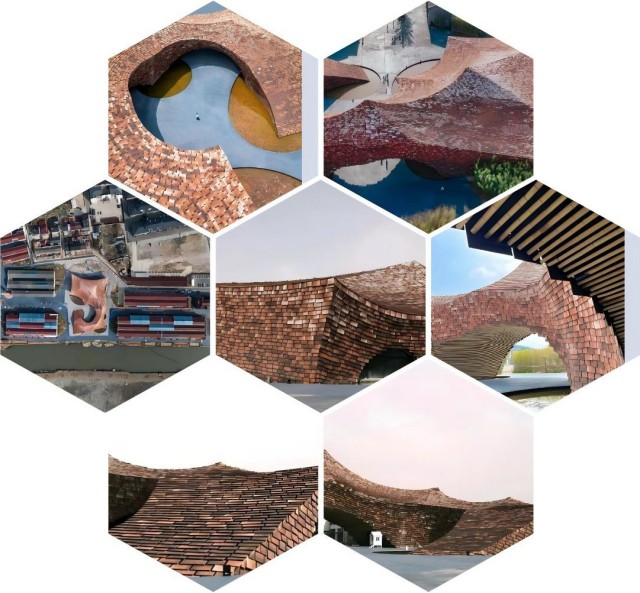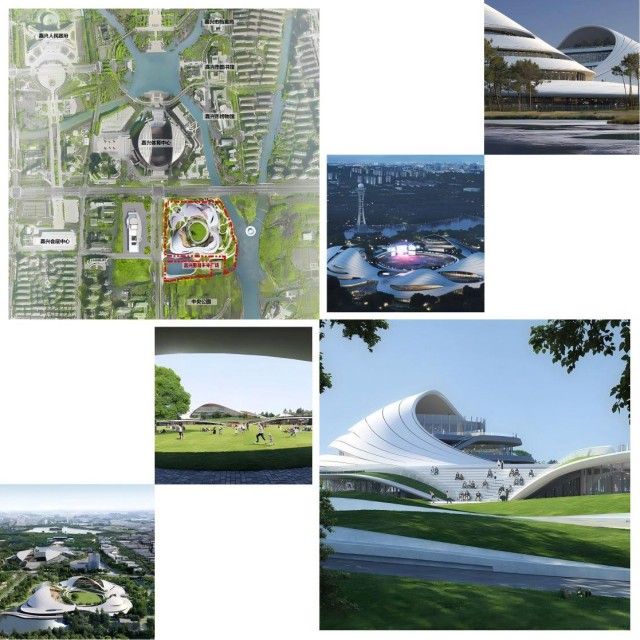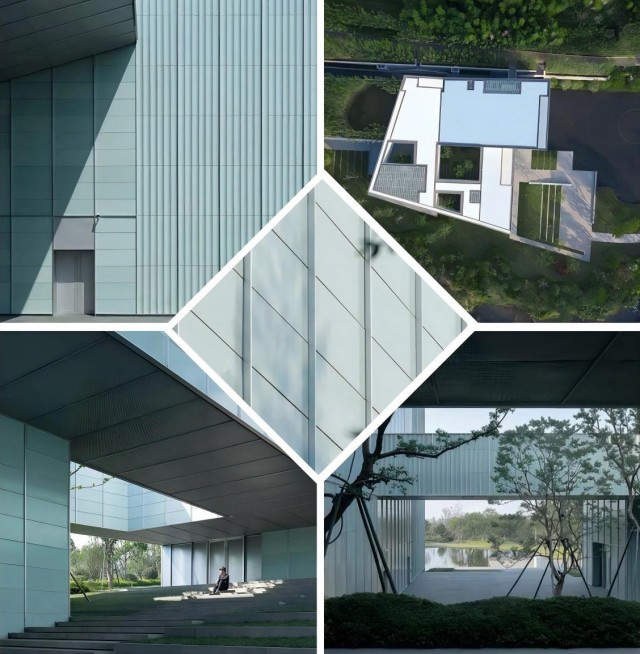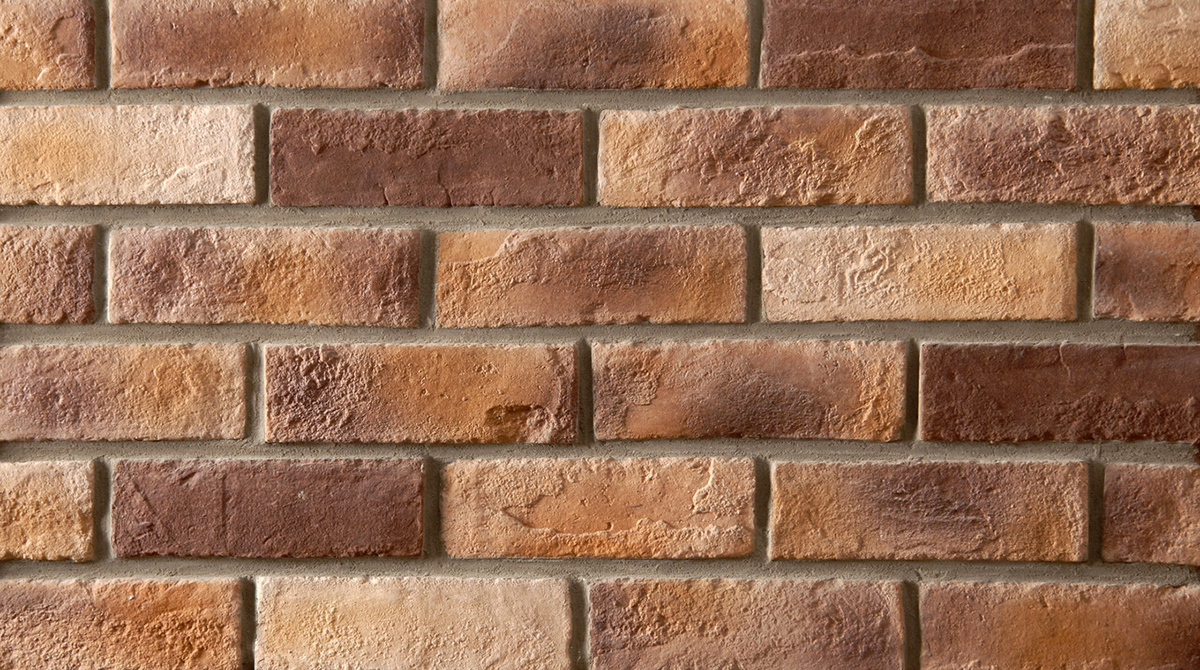Bridging Tradition and Innovation: The Fusion of Cultural Architecture and Modern Design
Architecture is an ever-evolving art form, constantly adapting to the changing needs of society, technology, and culture. However, the best architectural designs often look to the past for inspiration, blending traditional elements with modern innovations. One of the most striking examples of this fusion can be seen in the use of traditional materials, such as terracotta, in contemporary architectural projects. By incorporating such materials, architects honor the cultural significance of the past while embracing the future with innovative designs. This article delves into the importance of cultural architecture and how buildings today celebrate the timeless beauty of terracotta through modern design.
The Cultural Significance of Traditional Materials in Architecture
Throughout history, certain materials have been central to architectural expression, with terracotta being one of the most beloved and enduring. Terracotta, made from natural clay, has been used for millennia in various cultures, particularly in ancient civilizations like the Chinese, Greeks, and Romans. The material’s earthy tones, durability, and ability to be molded into intricate shapes make it an ideal medium for creating both functional and decorative architectural elements.
In modern architecture, the use of traditional materials like terracotta offers a way to connect the past with the present. It preserves the cultural heritage of a region while allowing contemporary architects to push the boundaries of design. This harmonious blend of tradition and innovation creates buildings that are not only functional but also deeply meaningful, celebrating the history and cultural identity of the spaces they occupy.
Case Studies: Terracotta as a Cultural Bridge
Nowhere is the fusion of cultural heritage and modern design more evident than in the architectural projects that incorporate terracotta into their facades. Two notable examples are the UCCA Terracotta Art Museum in Yixing and the Jiaxing Civic Center. These buildings seamlessly integrate traditional terracotta materials with cutting-edge design concepts, creating spaces that honor cultural traditions while embracing the future of architecture.
UCCA Terracotta Art Museum: A Modern Tribute to Ancient Craft
The UCCA Terracotta Art Museum, designed by acclaimed architect Kengo Kuma, stands as a testament to the power of cultural architecture. Located in the historic town of Yixing, known for its centuries-old tradition of pottery and terracotta production, the museum’s exterior is clad in custom-made terracotta panels. These panels not only evoke the region’s rich heritage but also provide a modern aesthetic that blends seamlessly with the surrounding environment.
By using terracotta in a contemporary context, Kuma honors the local craftsmanship while creating a building that feels modern and innovative. The use of terracotta brings warmth and texture to the building, creating an organic connection with the natural landscape and the cultural history of the region.

Panoramic View of UCCA Art Museum

Collage of Exterior Views of UCCA Art Museum
The Jiaxing Civic Center: Fusing Tradition with Urban Modernity
Similarly, the Jiaxing Civic Center in Zhejiang, China, integrates traditional terracotta materials with contemporary architectural design. The building’s roof is covered in white terracotta panels, a nod to the traditional tile roofs of the Jiangnan region. This subtle yet powerful fusion of old and new makes the Civic Center not just a place of administration but a cultural landmark that connects the past with the present.
Architects in this project have successfully used terracotta not only for its aesthetic qualities but also for its practicality. The material’s natural insulating properties help regulate the temperature inside the building, demonstrating how tradition and innovation can work together to create energy-efficient, sustainable architecture.

Aerial View of Jiaxing Civic Center

Traditional Roof vs Terracotta Roof at Jiaxing Civic Center

Close-up of Terracotta Panels at Yada Theatre
The Future of Cultural Architecture
As we look toward the future of architecture, it’s clear that the fusion of traditional materials and modern design will continue to shape the built environment. The use of terracotta in buildings like the UCCA Terracotta Art Museum and Jiaxing Civic Center is just the beginning. Architects around the world are increasingly turning to natural materials like terracotta, clay, and stone to create sustainable, culturally rich designs that honor the past while embracing innovation.
Incorporating traditional materials into modern designs allows for the creation of spaces that are not only functional but also deeply rooted in cultural history. These buildings serve as a reminder that architecture is not just about creating functional structures but also about telling stories, preserving heritage, and connecting generations. The use of terracotta is a beautiful example of how architectural design can bridge the gap between tradition and modernity, creating spaces that are timeless, sustainable, and inspiring.

Panoramic View of Yada Theatre



Collage of Exterior Views of Yada Theatre
Conclusion
The fusion of cultural architecture with modern design represents a unique opportunity to celebrate our shared heritage while embracing the future. By incorporating traditional materials like terracotta into contemporary buildings, architects create spaces that tell the story of our past while meeting the needs of the present. These buildings are more than just structures; they are cultural landmarks, honoring history, and fostering a connection to the past while looking forward to the future of architecture.
Leading Terracotta Manufacturers in China
Several companies in China specialize in the production of high-quality terracotta materials for architectural facades. Notable manufacturers include:




